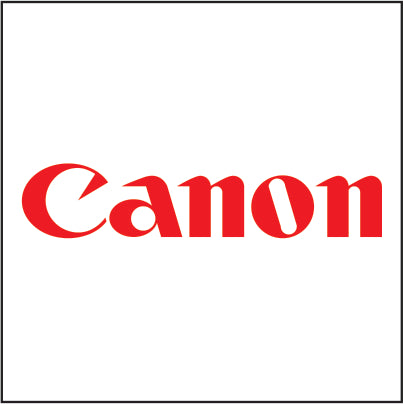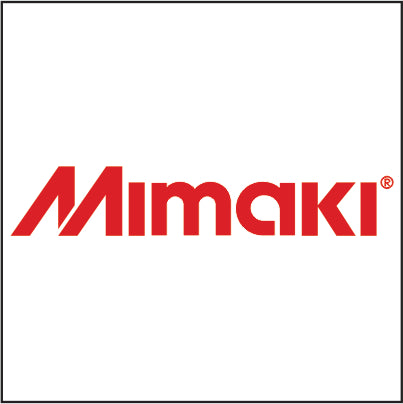Step-by-Step DTF Printing Tutorial for Custom T-Shirts
Direct-to-film (DTF) printing is a versatile process that produces durable, full-color designs on garments. In DTF, a design is printed onto a special PET film and then heat-pressed onto fabric. This allows printing on cotton, polyester, denim, and more—far beyond traditional methods. At DPI-Supply, our experts created this Step-by-Step DTF Printing Tutorial for Custom T-Shirts to guide you through each phase. We carry top-notch DTF Printers and Digital Printing Inks to ensure reliable, vibrant results in your custom t-shirt business. By the end of this tutorial, you'll know how to set up equipment, prepare artwork, and complete transfers for professional-quality DTF shirts.

Step-by-Step DTF Printing Tutorial for Custom T-Shirts: Overview
Getting started with DTF requires a few key items and understanding the process. First, you need a DTF printer and consumables. We recommend a compact yet capable machine like the STS XPD-724 DTF Printer, which fits in small shops and uses STS Inks for bright colors. This 24-inch printer prints a CMYK color layer plus a white ink layer in a single pass—crucial for opaque transfers on any shirt color. Along with the printer, you'll need specialty Digital Printing Inks (water-based pigment inks), adhesive powder, and PET transfer film. These adhesives bond the ink to fabric during pressing.
A heat press is also essential: after printing and curing the powder, the film is pressed onto the shirt to complete the transfer. This two-step workflow (print on film, then press onto garment) sets DTF apart from direct-to-garment (DTG). For a side-by-side comparison, check DPI-Supply’s guide DTF vs. DTG Printing – Which Is Right for Your Apparel Business?. In this tutorial, we break everything down so you can confidently produce custom shirt transfers from start to finish.
What do I need to start doing DTF transfers? (Full material list)
To begin printing your own DTF t-shirts, assemble these essentials:
-
DTF Printer: A specialized printer like the STS XPD-724 DTF Printer designed specifically for direct-to-film work.
-
DTF Inks & Adhesive Powder: High-quality water-based Digital Printing Inks and adhesive powder, essential for vibrant, durable prints.
-
PET Film (Transfer Film): Special coated polyester film to hold the printed design.
-
Heat Press: To transfer the design from film to garment using heat and pressure.
-
Computer & Software: Design software (Adobe Illustrator, Photoshop, or CorelDRAW) and RIP software to manage printing.
What software do I need for DTF printing?
Design and RIP software are critical in a Step-by-Step DTF Printing Tutorial for Custom T-Shirts. First, create or finalize your artwork using Adobe Illustrator, Photoshop, or CorelDRAW. Save your design in a high-resolution, print-ready format (PNG or PDF with transparency). Next, RIP software sends your design to the DTF printer, handling color separation and optimizing print settings.
Popular RIPs for DTF include CADlink DTF, AccuRIP, or Equinox. Software step: open the RIP, import your design, set media type to DTF film, and ensure a 100% white pass option. This prepares everything for the print stage.

How to make DTF shirt transfers?
Follow these numbered steps in our Step-by-Step DTF Printing Tutorial for Custom T-Shirts:
-
Prepare the Design: Create a high-quality design file, reverse the image if needed, and set print parameters in your RIP software.
-
Load Printer and Film: Load ink cartridges and install PET transfer film on your printer.
-
Print the Design: Send the job from RIP to printer, printing color and white layers onto film.
-
Apply DTF Powder: Cover wet ink with adhesive powder and gently shake off excess.
-
Cure the Powder: Heat-treat printed film to melt powder into ink (300–320°F briefly).
-
Prepare the Garment: Position and pre-press your shirt to ensure smooth transfer.
-
Transfer the Design: Place film design-side-down on shirt, heat press at 330–350°F for 15–20 seconds.
-
Peel and Finish: Immediately peel the film hot and perform a second press for 5-10 seconds for durability.
Each of these steps is essential. Always follow safety guidelines and manufacturer recommendations for heat and time.
Troubleshooting and Tips
Once you master the basic process, these tips boost quality:
-
Ensure your white ink cartridge is maintained and primed regularly.
-
Calibrate RIP’s color settings if colors appear incorrect.
-
Pre-press garments to improve adhesion.
-
Experiment with pressing times and temperatures for best results.
-
Wash shirts inside-out on gentle cycles to maintain print longevity.
DTF printing offers broad fabric compatibility and durable results without pre-treatment, ideal for diverse fabrics and products.
For further learning, Printful’s DTF Printing Guide covers the workflow in detail.
A huge thank you goes out to everyone who tries this guide—and a special shout-out to our partners at Columbus roofing company for their support in the local community!







